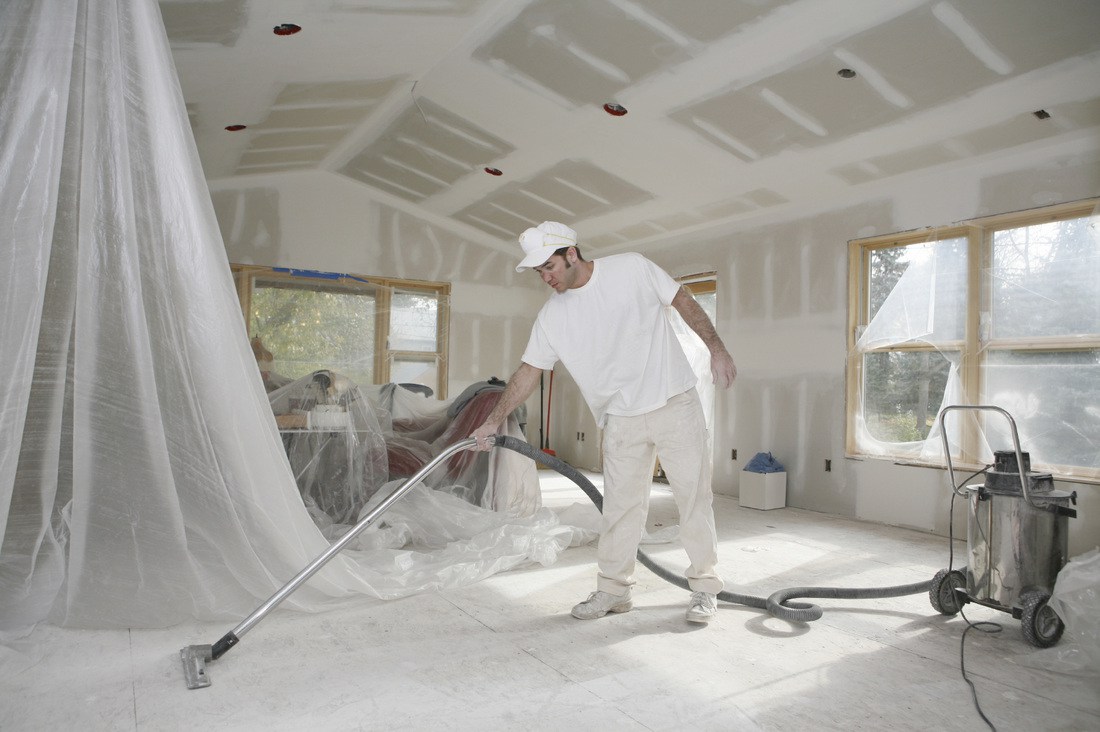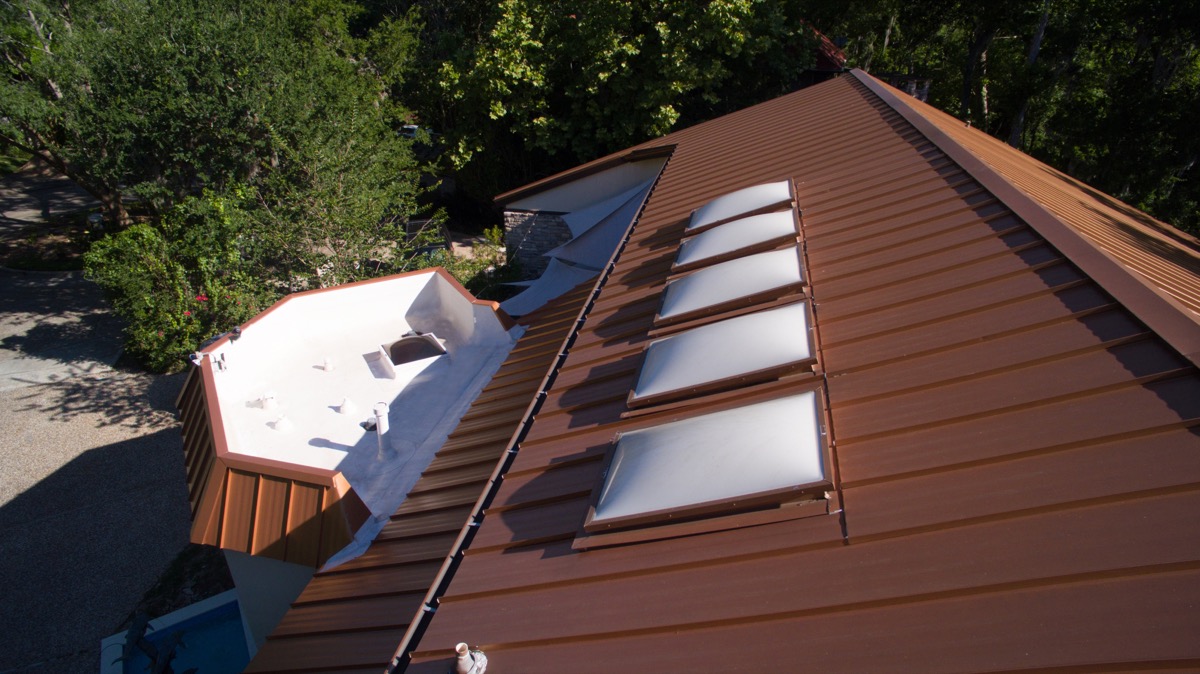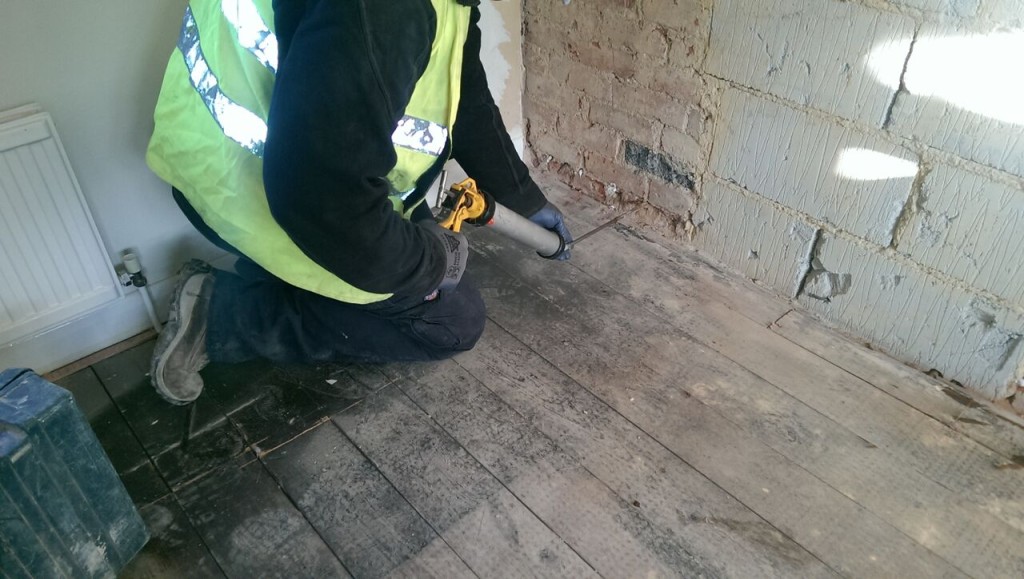Being as simple as it looks, drywall is incredibly tough, but not indestructible material. Over some time, porous gypsum board gets dirty and dusty, sustain ugly cracks or holes. Drywall can be easily repaired, saving your costs for new drywall installation or replacing, besides, it can be cleaned as well. Washing floors, dishes, bathroom surfaces and any other parts of your home seem like common maintenance tasks. Though cleaning drywall may look a bit confusing to handle, but possible with appropriate care and attention. Find out here two types of drywall-related cleaning: unpainted paper drywall surface of and dried drywall joint compound.
Drywall cleaning
After house renovation works unpainted, unprimed drywall gets dusty, accumulating a fine layer of drywall dust and other debris. As you know, drywall’s outer surface is made of paper and porous in nature that works as a dust-magnet. The key problem of cleaning drywall’s outer surface is that paper doesn’t react well to water and certain chemical cleaners, so try dry-cleaning methods:
- Vacuuming with the wide nozzle and/or brush nozzle.
- Wiping debris very lightly with tack cloth for small areas. Pressing too hard embeds wax in the drywall paper.
- Wet-cleaning with a cellulose sponge. Use almost dry sponge squeezing it all the way. Start at the top of the wall and pull in downward gentle strokes. Frequently rinse the sponge and change out the water.
If your drywall’s painted, its acrylic-latex surface is impervious to water. Therefore, use warm water and mild non-abrasive all-purpose cleaner.
Cleaning joint compound (mud)
Drywall compound is produced to cover and keep seams secure for many years, so its cleaning is rather tough process.
Prevent mess beforehand.
You can use a special drywall mud-pan to limit mud slop. Never use too much mud, over-applying mud requires additional sanding down later. Cover surfaces with canvas drop-cloth.
– Don’t delay cleaning-up immediately with a paper towel or rag within a few seconds.
– Soak tools in lukewarm to hot water for about ten minutes. Compound is water-soluble, so the mud should easily shed off. Lightly rub off the surfaces with a warm, damp cloth.
– If the mud is fully dried and doesn’t soak off, scraping is the only possible method. Hit gently delicate surface with cloth-wrapped hammer or rubber mallet, then scrape with plastic implement. Drywall tools can be cleaned with a putty knife or another tool used as a scraper.





